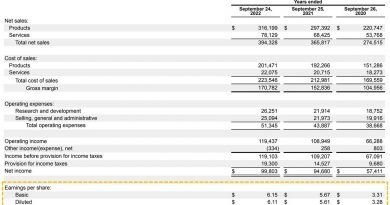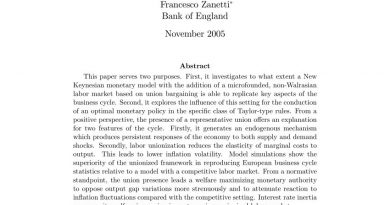Walk-Away Lease What It Is How It Works Pros and Cons
Walk-Away Lease: Definition, Process, Pros, and Cons
What Is a Walk-Away Lease?
A walk-away lease allows the lessee to return the car at the end of the lease without any financial obligations based on its residual value. It is also known as a closed-end lease.
Key Takeaways
- A walk-away lease means the lessee isn’t responsible for the car’s residual value when they return it at the end of the lease.
- The benefits of a walk-away lease include convenience and short-term cost savings.
- The downsides of a walk-away lease include being unable to build equity in the vehicle and incurring hidden and unexpected costs.
Understanding Walk-Away Lease
A walk-away lease releases the lessee from financial obligations at the end of the lease if they have met the maintenance and mileage requirements. The lessee makes an initial down payment and monthly lease payments over the lease term. Regular servicing is required with penalties for exceeding the agreed-upon monthly mileage.
After the lease ends, the car is returned to the lessor who sells it to recover its residual value. The lessee can then enter into a new lease with favorable terms if they stay with the same leasing company.
Pros and Cons of Walk-Away Lease
The advantages of a walk-away lease, compared to buying a new car with a loan, are convenience and short-term cost savings. The lessee avoids the need to sell the car and isn’t as concerned about maintenance and resale value. Basic maintenance is required, and the lender usually provides a service plan. Since the lender retains ownership and recovers residual value, monthly lease payments are typically lower than loan payments. For some drivers, the appeal of leasing a new car for a few years outweighs other lease concerns.
However, from a financial standpoint, experts generally consider a walk-away lease a poor choice. At the end of the lease, the driver has no equity in the car. The initial down payment and monthly payments cannot be recovered unless the lessee agrees to purchase and sell the car. Additional costs may include maintenance beyond normal wear and tear, as well as penalties for exceeding the monthly mileage cap.
Other types of leases, such as open-ended leases with less driving restrictions but unknown residual value, or single-payment leases with better interest rates, may be more suitable for certain drivers.
End-of-Lease Fees for Walk-Away Lease
At the end of a walk-away lease, you may have to pay fees for excessive mileage, wear and tear, and a disposition fee to prepare the car for the next owner. The specific end-of-lease fees should be clearly stated in the contract.
Buying the Car at the End of a Walk-Away Lease
Although you have the option to return the car, most lenders will be willing to sell you the car at its current fair market value.
Responsibility for Wear and Tear on a Walk-Away Lease
Normal wear and tear are expected, but excessive wear and tear may result in additional fees at the end of the lease.
The Bottom Line
A walk-away lease may not be the most cost-effective way to lease a car, but it offers convenience for those who prefer not to purchase their car at its current value. Review the lease agreement for monthly mileage caps and other end-of-lease fees before signing.



